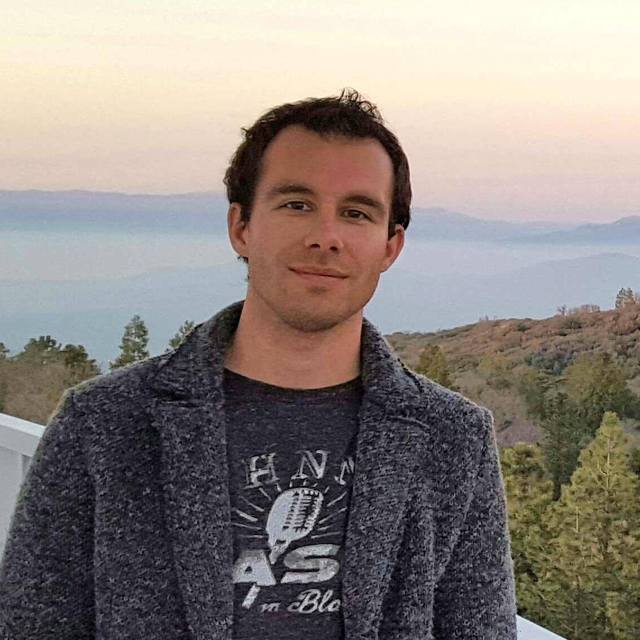June
2014
•
2014ApJ...788...87F
Authors
•
Faisst, A. L.
•
Capak, P.
•
Carollo, C. M.
•
Scarlata, C.
•
Scoville, N.
Abstract
•
We present spectroscopic follow-up observations on two bright Lyα emitter (LAE) candidates originally found by Krug et al. at a redshift of z ~ 7.7 using the Multi-Object Spectrometer for Infra-Red Exploration at Keck. We rule out any line emission at the >5σ level for both objects, putting on solid ground a previous null result for one of the objects. The limits inferred from the non-detections rule out the previous claim of no or even reversed evolution between 5.7 < z < 7.7 in the Lyα luminosity function (LF) and suggest a drop in the Lyα LF consistent with that seen in Lyman break galaxy (LBG) samples. We model the redshift evolution of the LAE LF using the LBG UV-continuum LF and the observed rest-frame equivalent width distribution. From the comparison of our empirical model with the observed LAE distribution, we estimate lower limits of the neutral hydrogen fraction to be 50%-70% at z ~ 7.7. Together with this, we find a strong evolution in the Lyα optical depth characterized by (1 + z)2.2 ± 0.5 beyond z = 6, indicative of a strong evolution of the intergalactic medium. Finally, we extrapolate the LAE LF to z ~ 9 using our model and show that it is unlikely that large area surveys, like UltraVISTA or Euclid, pick up LAEs at this redshift assuming the current depths and area.
Links




